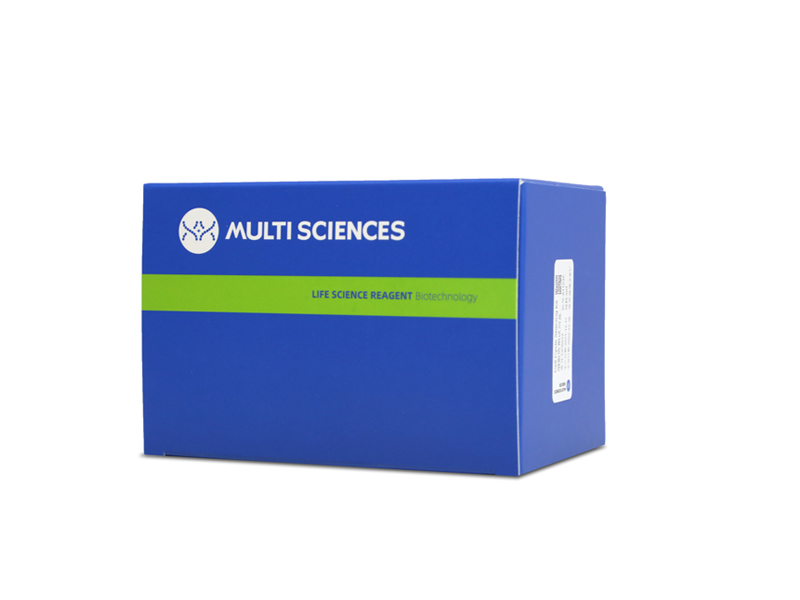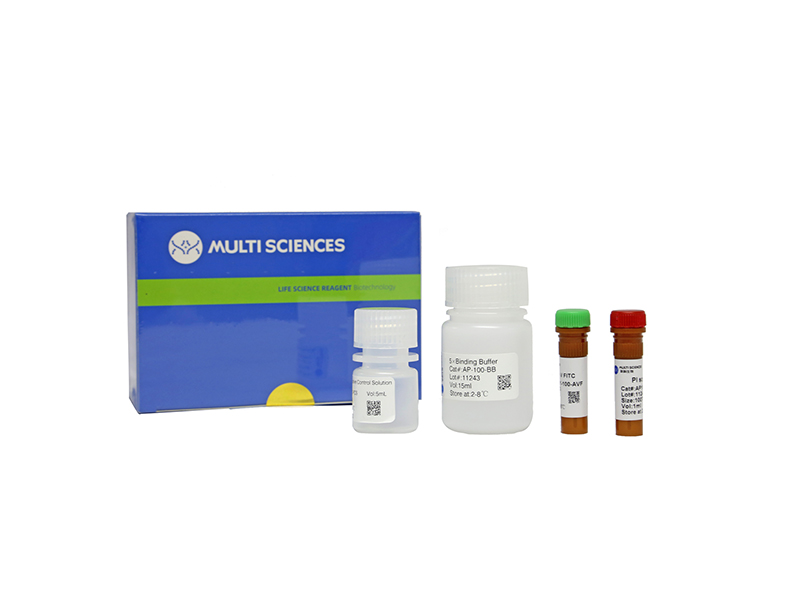Autophagy plays a critical role in cardiac hypoxia/reoxygenation (H/R). Studies indicated that the phosphatase and tensin homolog (PTEN) influences level of autophagy. This study aims to explore the role of PTEN mediating a specific autophagy, mitophagy, in cardiac H/R injury. H9c2 cells were cultured and suffered hypoxia and reoxygenation treatment. To inhibit function of PTEN protein, bpv (phen) was added into medium throughout the process of H/R injury. In addition, we overexpressed the apurinic/apyrimidinic endonuclease 1 (APE1) in H/R-injured H9c2 cells. Then the cell viability, apoptosis, and release of Cytochrome C were determined through CCK-8 assay, flow cytometry, and western blotting, respectively. The results indicated that H/R significantly induced autophagy, as identified by an increased level of microtubule-associated protein 1 light chain 3 beta (LC3B) and a decreased level of sequestosome 1 (P62). After stimulation of bpv (phen), PTEN-induced putative kinase protein 1 (PINK1)/Parkin-mediated mitophagy was inhibited, while apoptosis and releases of Cytochrome C were both significantly increased, indicating an exacerbated H/R injury. Furthermore, the overexpression of APE1 attenuated the apoptosis and releases of Cytochrome C induced by H/R injury, and promoted PINK1/Parkin-mediated mitophagy. Our findings provide an insight into the PTEN and APE1 overexpression protects against cardiac hypoxia/reoxygenation injury, which may be through inducing the PINK1/Parkin-mediated mitophagy.
文章引用产品列表
-
- AT101
- 凋亡试剂盒
Annexin V-FITC/PI Apoptosis Kit(细胞凋亡试剂盒-适用贴壁细胞 除C6流式细胞仪以外的流式细胞仪)
- ¥860.00 – ¥1,510.00
-
- AP101
- 凋亡试剂盒
Annexin V-FITC/PI Apoptosis Kit(适用于除C6以外的流式细胞仪)
- ¥630.00 – ¥1,280.00



